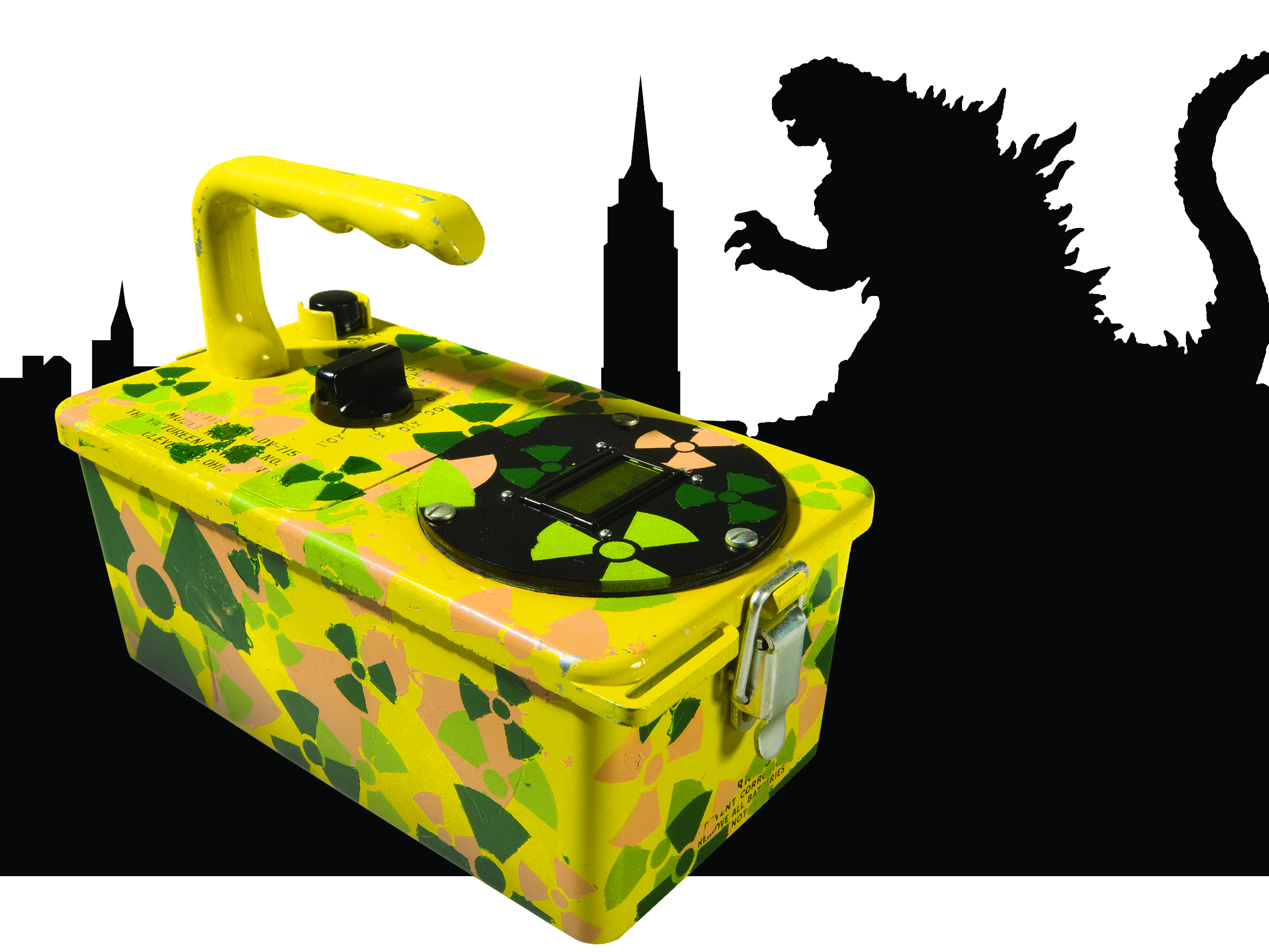When I first thought of doing this project, I tried mounting my standard 16×2 character LCD, but it was too large to fit into the space vacated by the original meter. So I designed a new PCB that uses a smaller 8×2 character LCD to create an Analog Digital Meter. The 8×2 LCD fits nicely into the allocated meter space.
The smaller LCD presented new challenges regarding the display of information from the Geiger counter. When using the 16×2 LCD display I had plenty of space to place the Count Per Second (CPS) on the top line and the equivalent radiation level in mR/hr (or mSv/hr) on the second line. In addition to this I wanted something that would replace an analog meter. I wasn’t happy with the available analog meters or the electronics to implement them, so I decide to create my own.
The LCD’s 8-character line doesn’t permit me to write mR/hr, so I shorten this to mR. This left 5 characters to display the radiation level. I took a similar approach to displaying CPS. This left 4 character to display a CPS numerical value up to 9,999, more than enough.
The second line of the 8×2 LCD is a dedicated analog power meter. To create the LCD analog meter I programmed 8 custom characters into the LCD, each representing a binary number: 1, 2, 4, 8, 16, 32, 64, and 128. The chart below (Figure H) provides an indication of how to read the power meter. Using the information we can obtain a reasonable approximation of CPS from 1 to 2,040 from the second line of the Analog-Digital Meter. The chart below illustrates the CPS range capabilities of the ADM meter.
Switching from Imperial to Metric Measurements
If you place a jumper on the 2-pin header on the back of the Analog Digital Meter, the display will change from Imperial measurements (mR/hr) to metric (mSv/hr), shortened to “mS” to fit on the 8-character line. The CPS reading stays the same regardless whether meter is set for Imperial or metric.
 Whether it’s the “Fukushima plume” and giant monsters on your mind, or you’re pioneering thorium reactors in your backyard, the classic Civil Defense CDV-715 Geiger counter has a perfect retro-style case to house a modern, sensitive digital Geiger counter.
Whether it’s the “Fukushima plume” and giant monsters on your mind, or you’re pioneering thorium reactors in your backyard, the classic Civil Defense CDV-715 Geiger counter has a perfect retro-style case to house a modern, sensitive digital Geiger counter.





